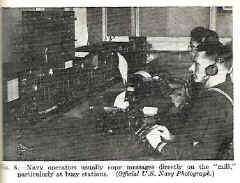

A "mill" is distinguished from normal typewriters by having all caps
(9 point, sans serif) and having
numbers
"1" and "slashed 0" on the top row.
Note: Portable models were typically used elsewhere than in the radio room, but
still have the same key/type layout.
Thanks to David Ring N1EA, you can download a mill font for Windows computers
from https://www.qsl.net/n1ea/mill_02.ttf
Save the file and double-click on it to install.
Copying CW before the mill - USS Walke in 1914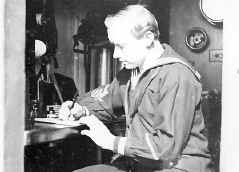 |
Radioman at LOP (Local Operating Position) with older style mill |
Underwood mill aboard USS Massachusetts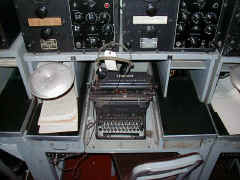 |
1966 - a more modern mill aboard USS Robert E Lee |
Another modern version aboard USS Liberty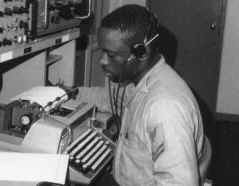 |
Yet another version aboard USS Rowan in 1969 |
1959 Aboard USS Estes |
1961 Aboard USS Estes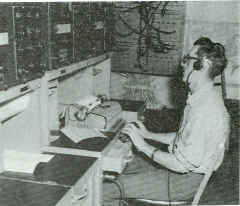 |
Underwood Model 5 mill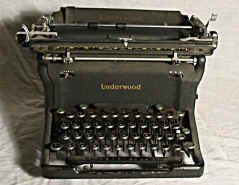 |
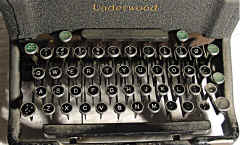 |
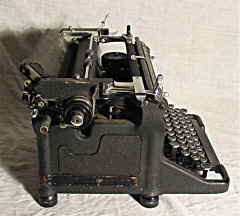
|
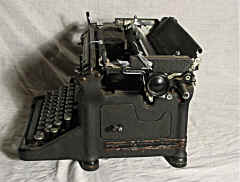 |
| 1942 Underwood Model S mill |
-- |
-- | |
Underwood Universal portable mill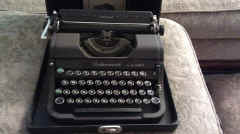 |
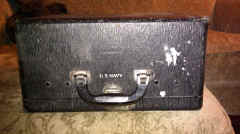 |
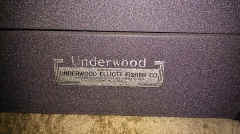 |
Another Photo of Underwood Universal mill |
Radioman School - 1943-44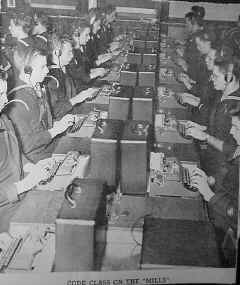 |
|||
 |
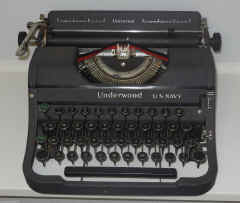 |
||
| Royal model KMM mill | |||
| 1940's model Royal Arrow portable mill |
|||
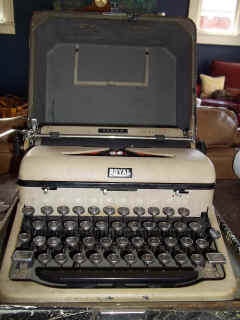 |
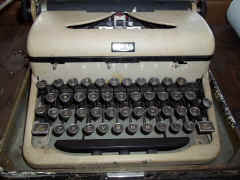 |
||
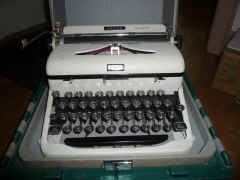 |
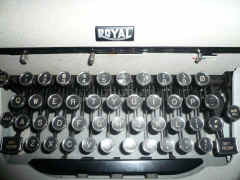 |
||
| 1940's Corona Standard portable mill | 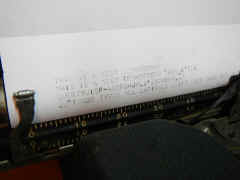 |
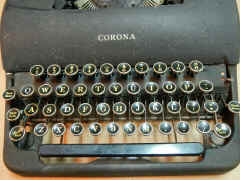 |
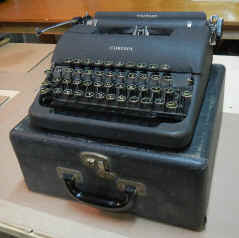 |
Remington 5 portable mill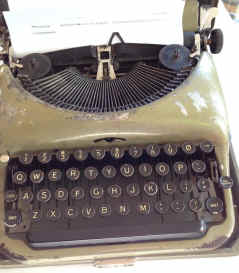 |
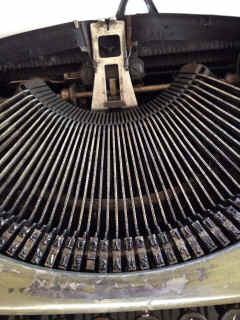 |
"USN" on case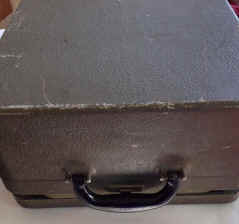 |
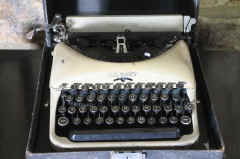 |
R.C. Allen mill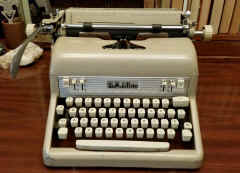 |
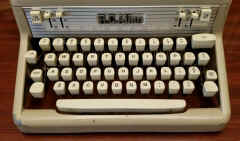 |
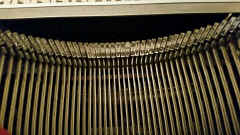 |
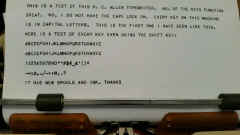 |
More photos of mills |
|||
| ---------- | |||
RIP-5 Underwood "Code Machine" - Used by intercept operators to copy Japanese Morse code - it prints Kana characters - More info, More info, More info, NCM video |
|||
| Browne, Jay R., Editor. "RIP 5, The Underwood Code Machine". Naval Cryptologic Veterans Association Special Publication. 2005. 110 pp. | |||
| From NSA article
on Linguists - Katakana was usually used for sending telegrams and for Morse transmissions from ships or military units -- and was what American intercept operators meant when they said they "copied kana" or "copied kana code." In order to provide standard representation of Japanese in intercept, OP-20-G's Laurance Safford bought and modified typewriters for intercept operators. This machine came to be called the RIP-5 and eventually was shared with the Army's SIS. An OP-20-G history described the RIP-5 as "the kana character represented by a dot-dash combination which, in International Morse, represented a Roman letter, was printed by the type block actuated by the key, which on a normal typewriter, caused that letter to print." That is, when a Japanese clerk transmitted "-…," the U.S. operator recognized it as Roman "B" and struck "B" on the RIP-5; the typewriter, however, printed out the kana character [HA] represented by "-…" in Japanese. |
|||
| Radio Intercept Instructions - Japanese
Morse, Abbreviations, Military Terms Glossary from Military Intelligence Service Language School, Camp Savage MN, circa 1943 - b/w scan pdf, grayscale scan pdf |
|||
| Photos from eBay 2018 | |||
RIP-5 based on Underwood "Model 5"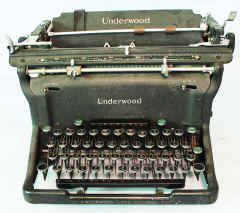 |
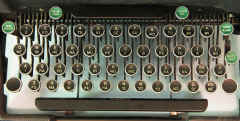 |
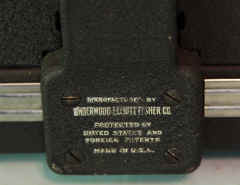 |
 |
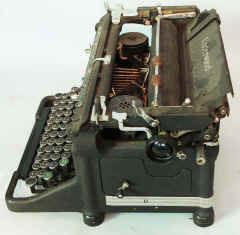 |
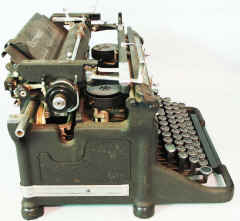 |
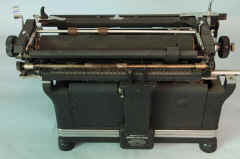 |
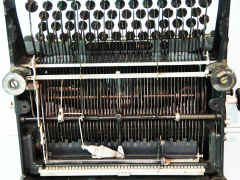 |
| Photos from National Cryptographic Museum archives | |||
RIP-5 based on Underwood "Model 5"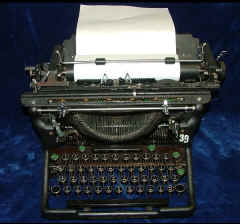 |
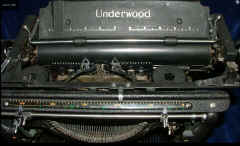 |
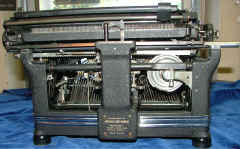 |
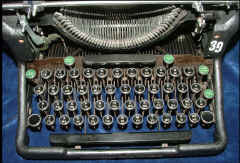 |
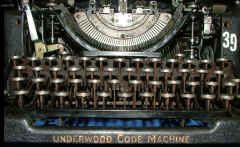 |
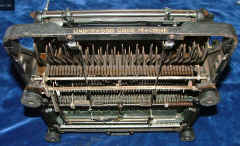 |
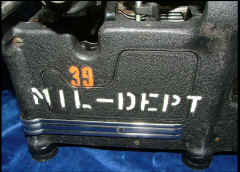 |
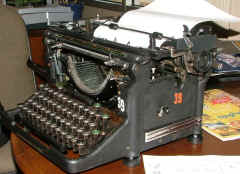 |
RIP-5 based on Underwood "Master"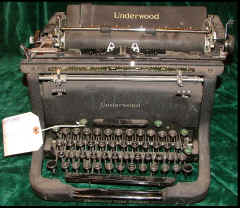 |
 |
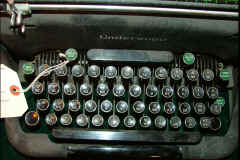 |
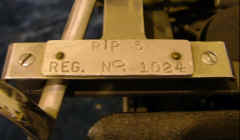 |
RIP-5 based on Underwood "Model 5"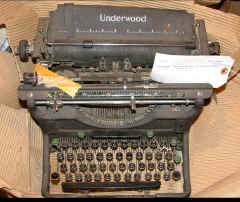 |
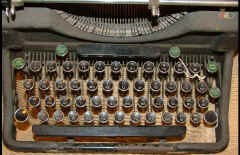 |
RIP-5 based on Underwood "Universal Portable" for shipboard Radio Intercept Unit use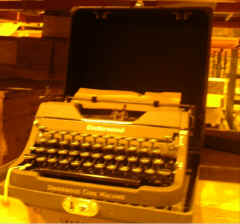 |
 |